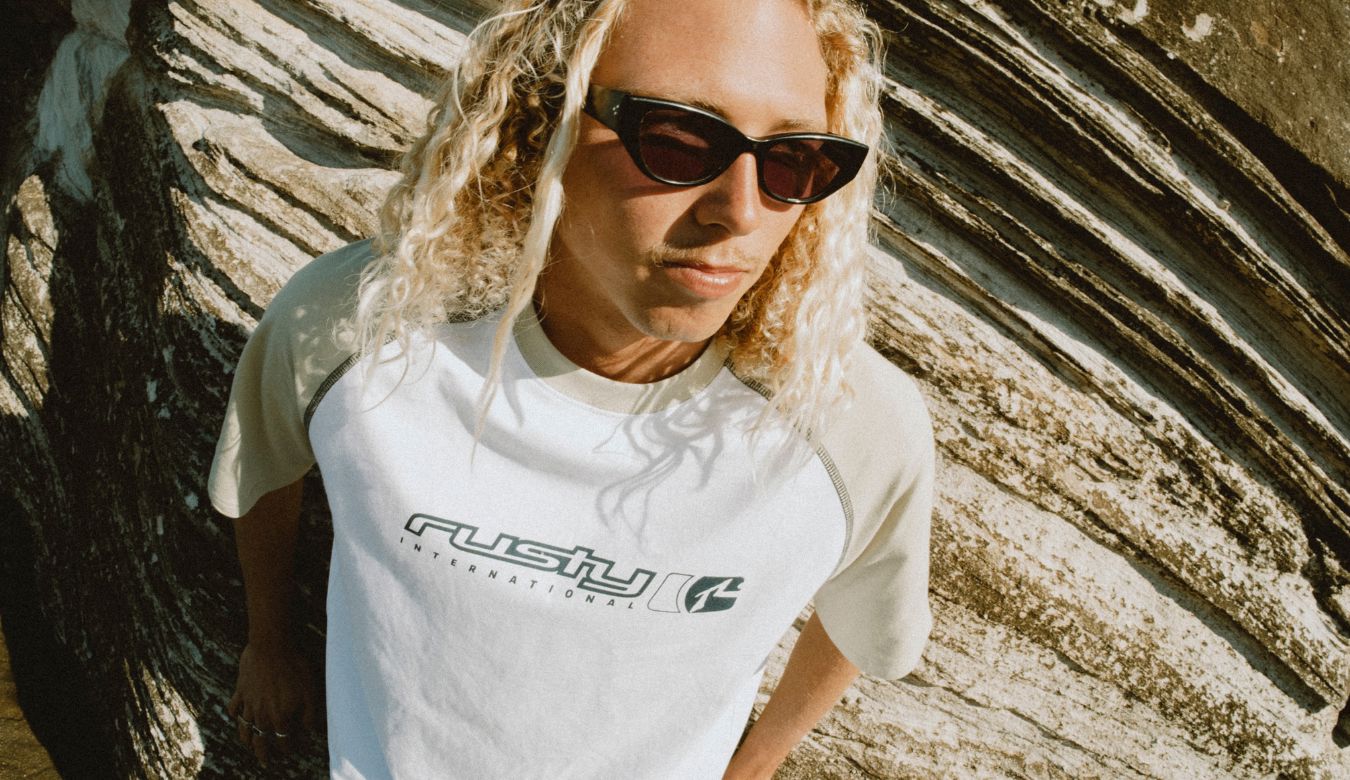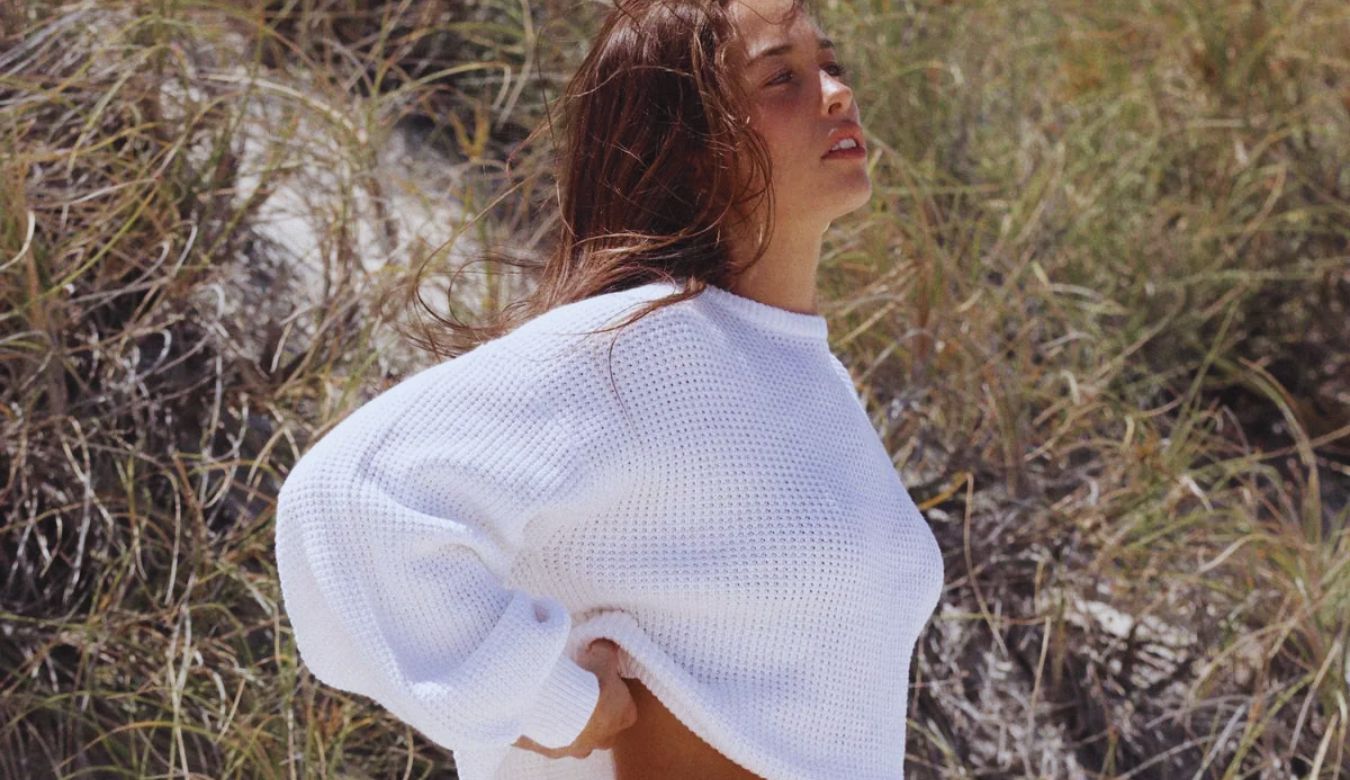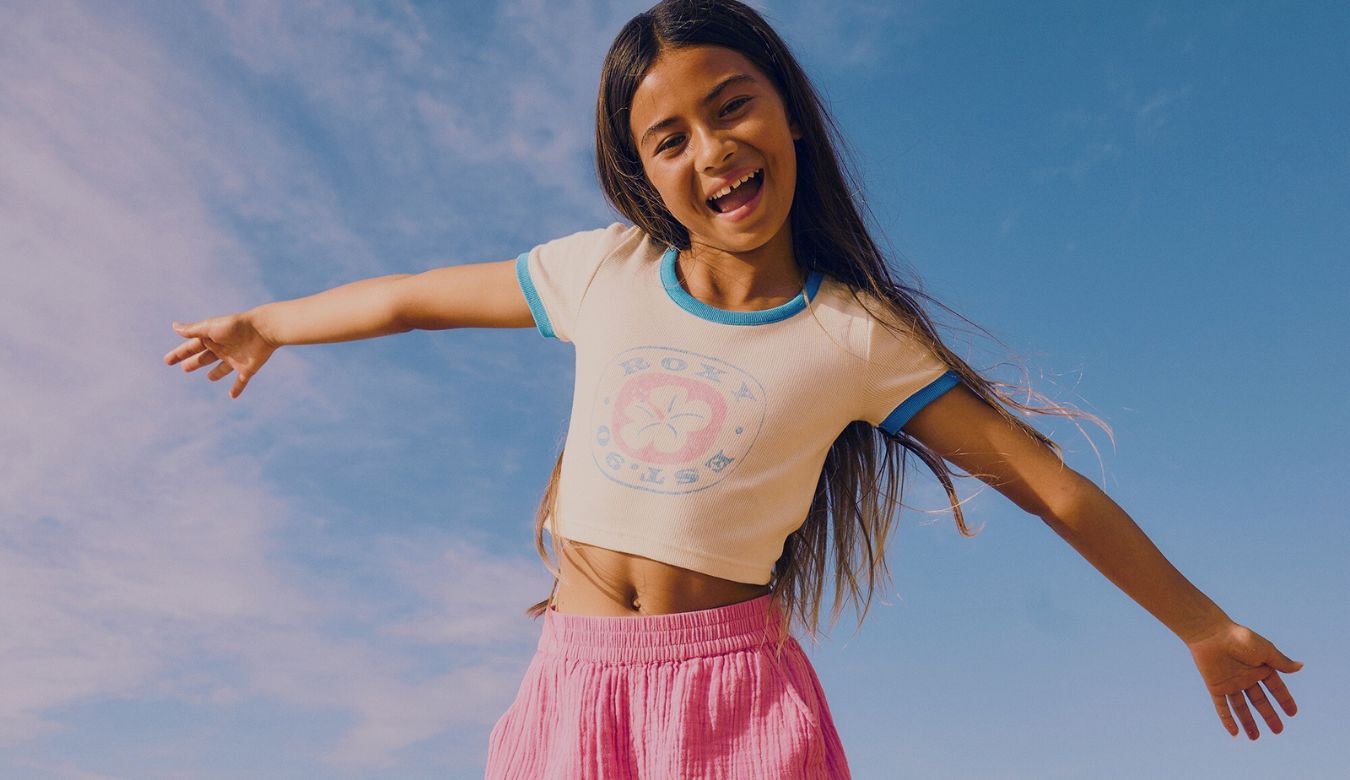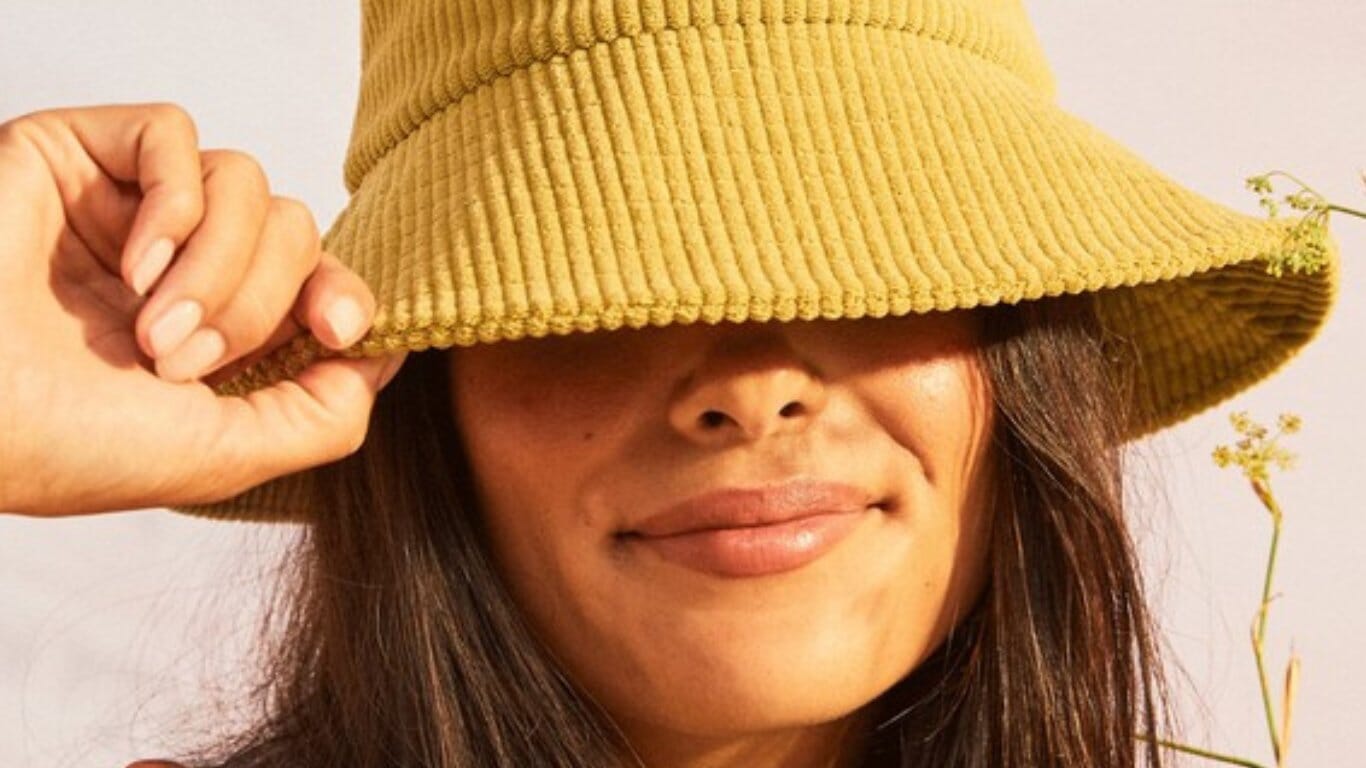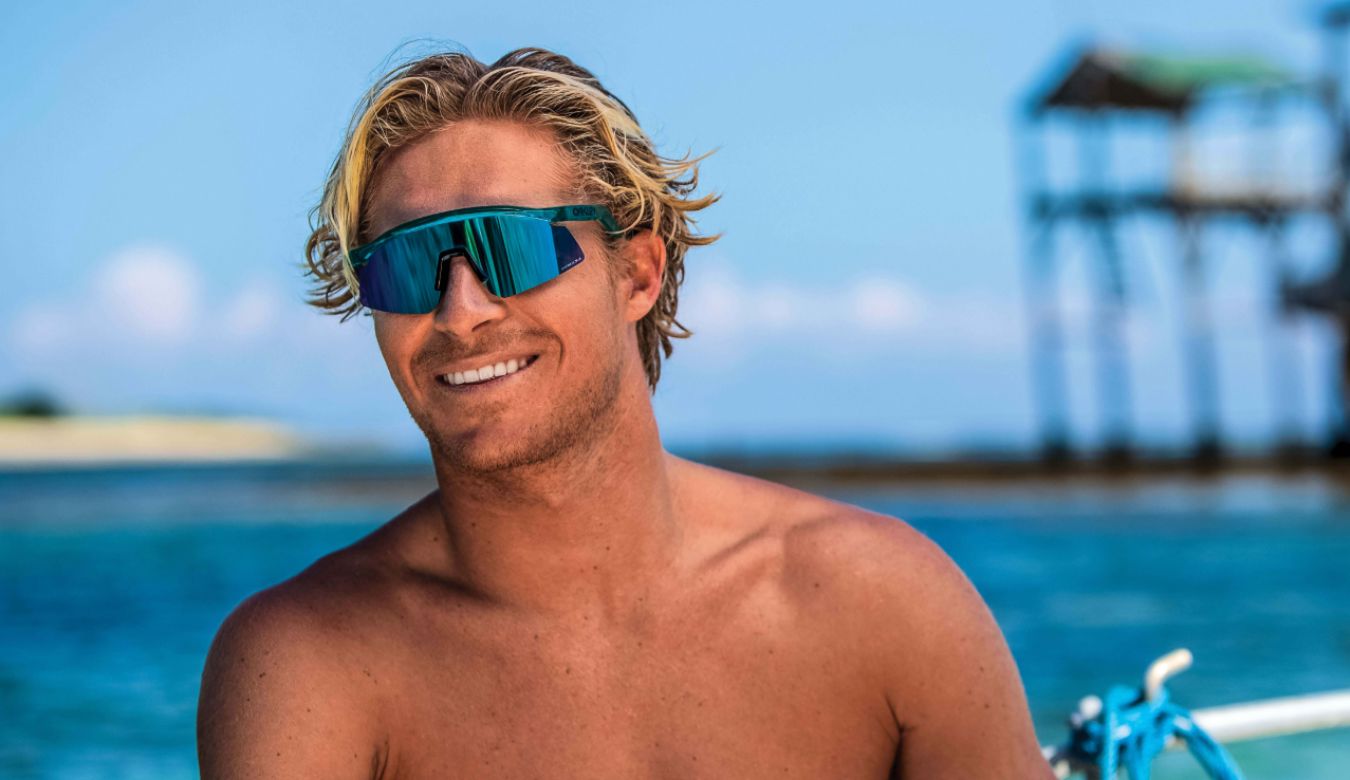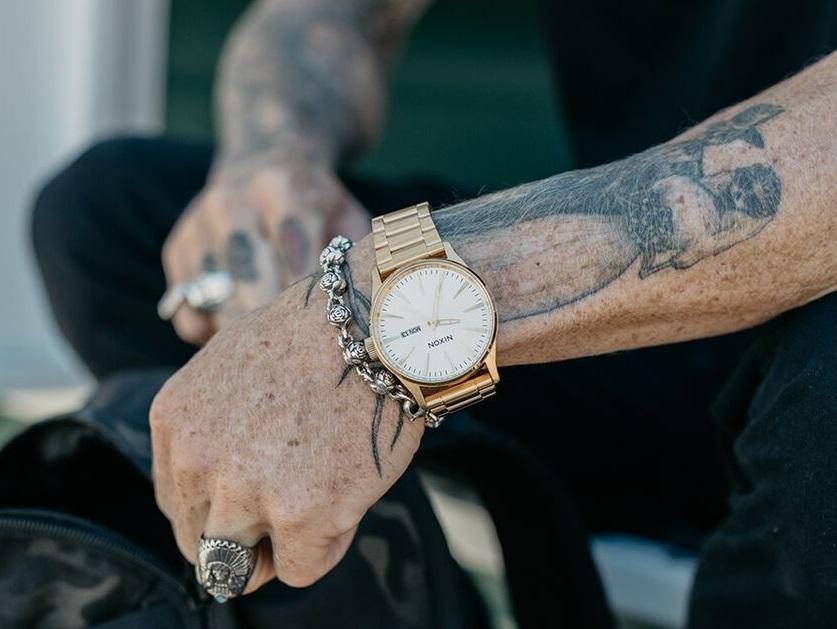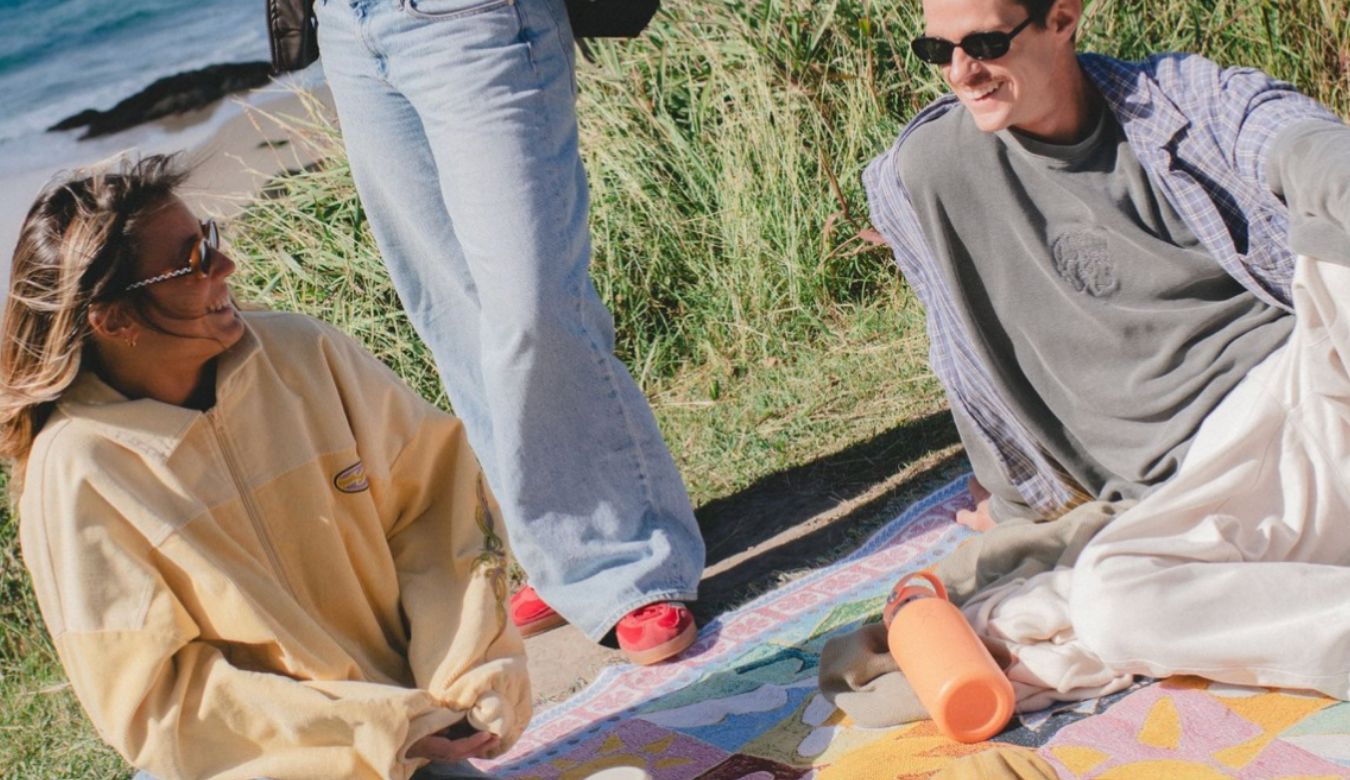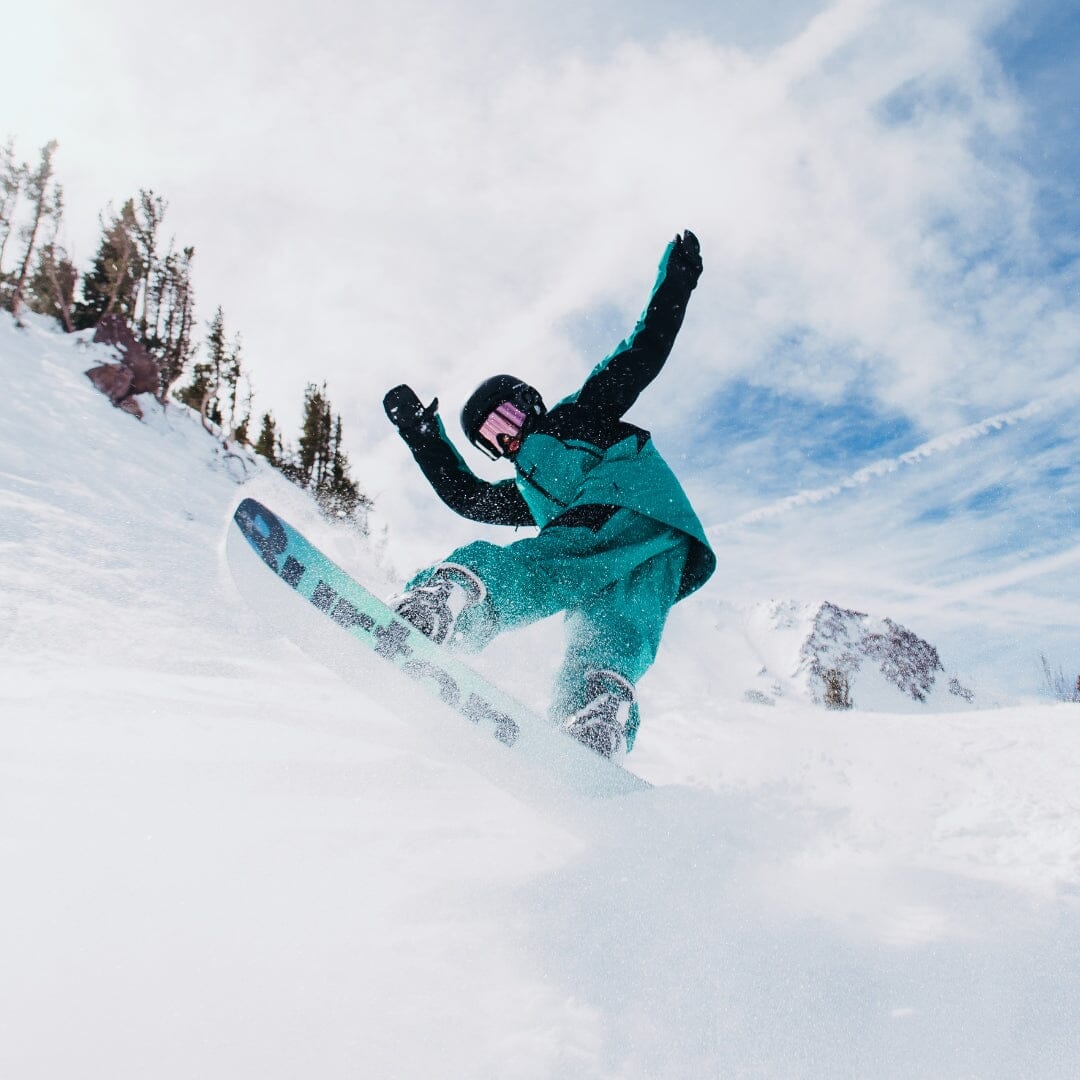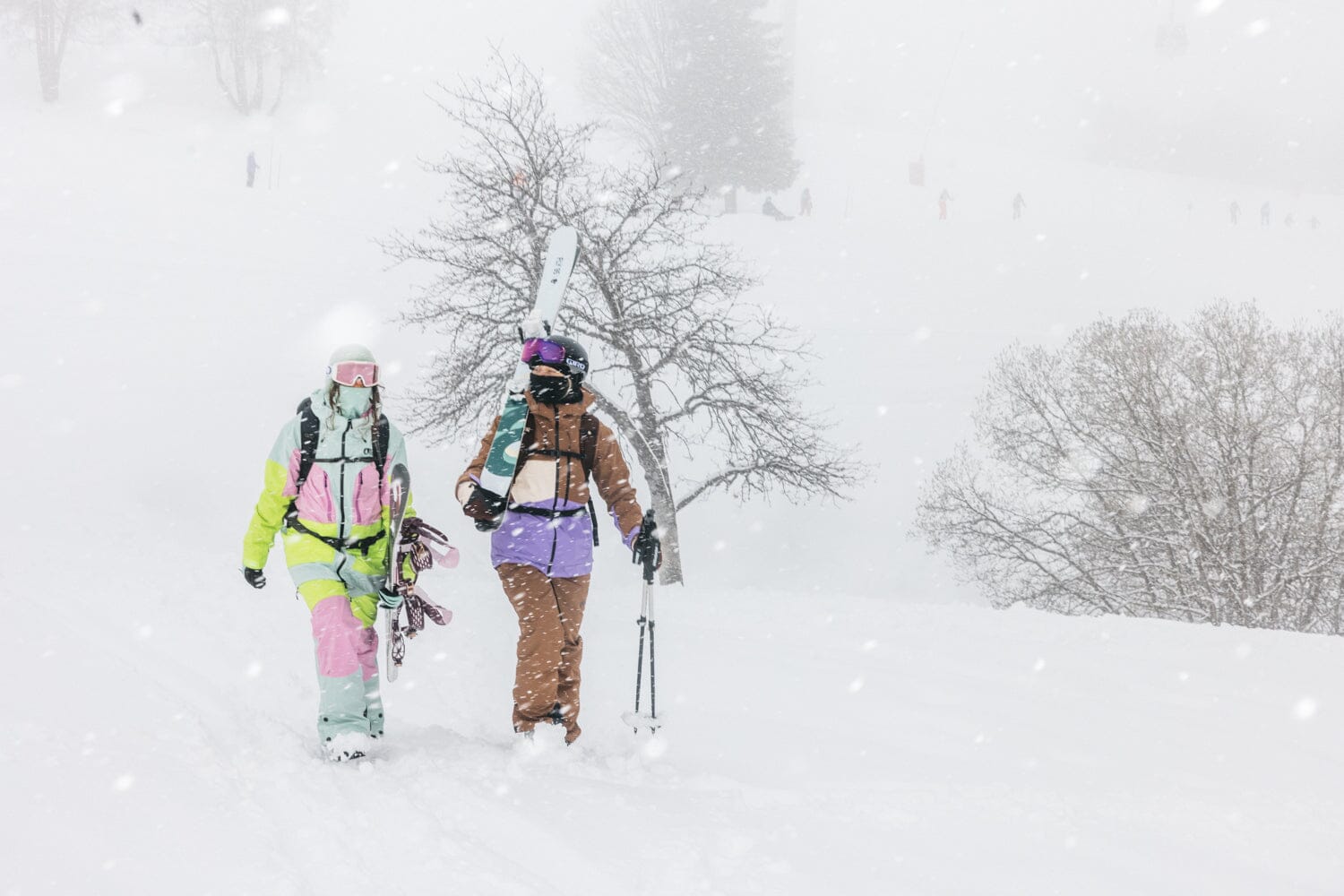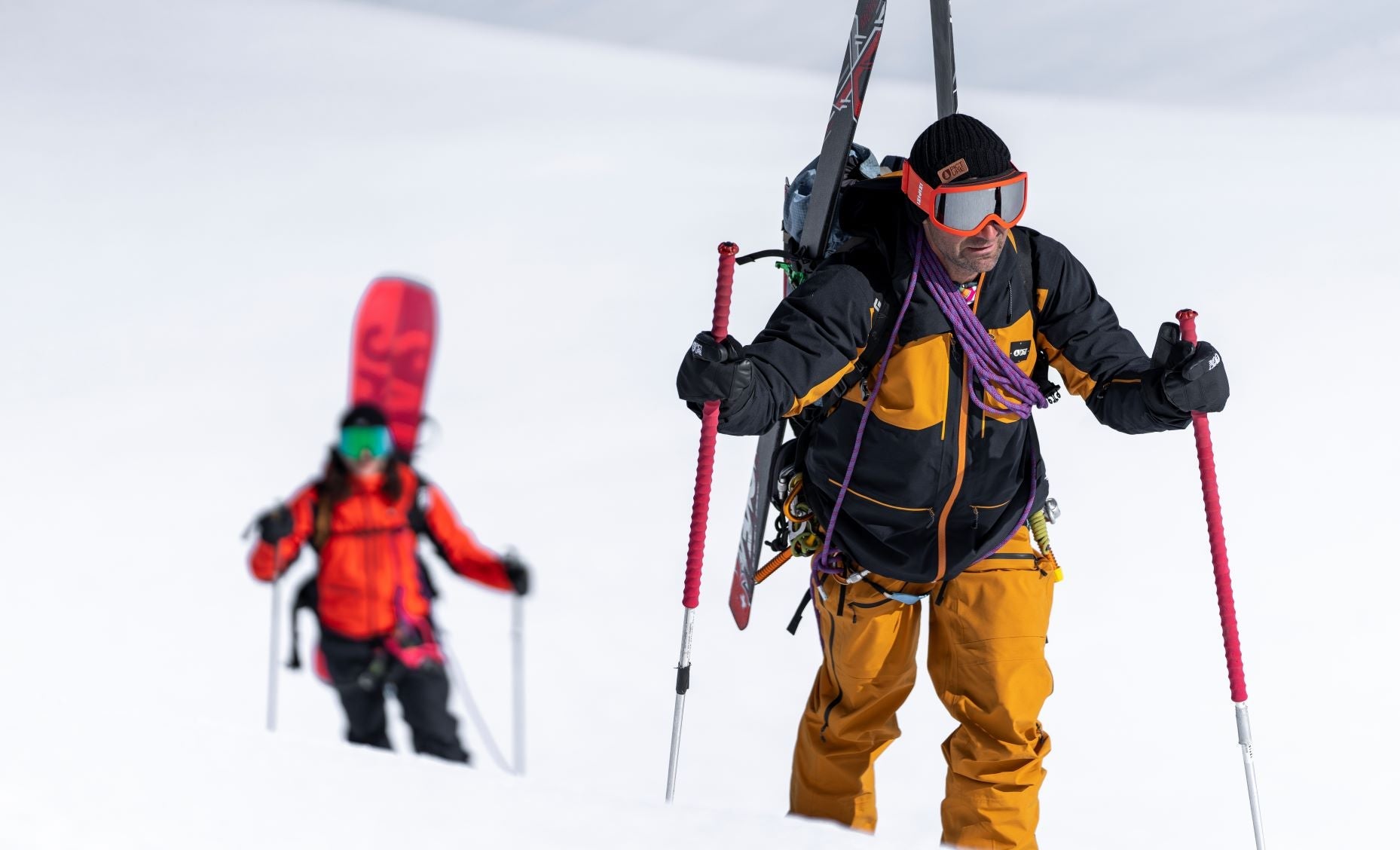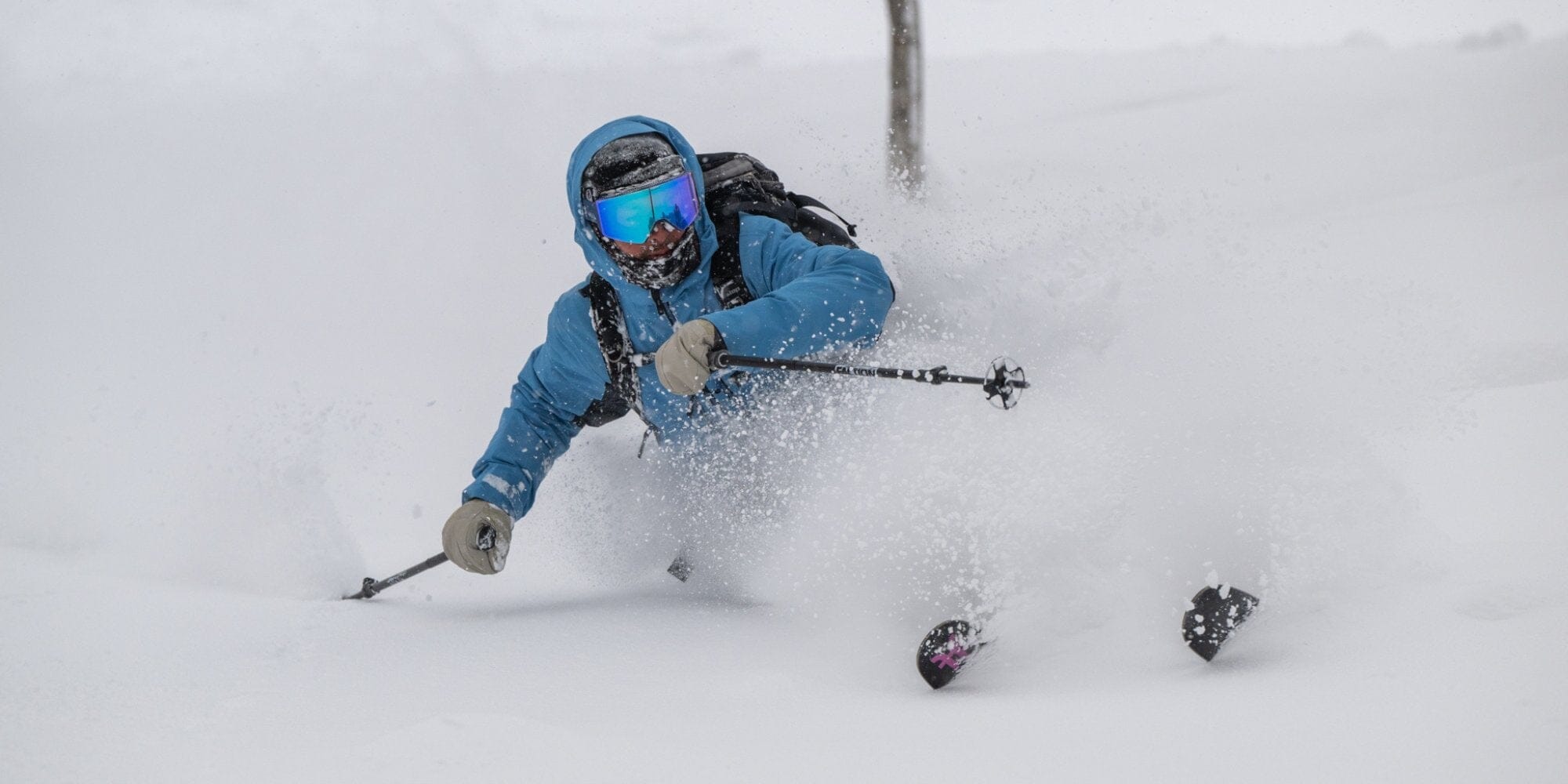Snowboard Buyers Guide
Learn How to Make Buying Your Next Snowboard a little Easier
What snowboards have you tried in the past?
This might be your first snowboard purchase or your third. You may have rented a few boards, taken some out for a demo and/or even tried some of your mate’s boards. Now ask yourself what you liked and didn’t like about the boards you have ridden in the past.
Where on the mountain do you WANT to ride?
Yeah, that’s right. It’s not really about where you are riding now but where you want to progress to with your snowboarding journey in the future.
Maybe you’re getting over just riding the groomed runs and want to start riding more off-piste terrain. Or you have discovered the joys of the terrain park and want to learn how to ride and land switch.
What mountain do you ride at mostly?
This can narrow things down also. Say you ride at Cardrona for example. There is a lot of varying terrain that you may want to use, and all in one day! From carving morning groomers to powder runs through the Arcadia cutes to a terrain park session in the afternoon.
Or maybe you are a full fledged club field rider who just wants to ride off-piste and nail some sweet rock drops. The terrain that you ride most is all relevant to buying your next board, so lets look at some board types now.
TYPES OF SNOWBOARD
Freestyle
Jump, spin, slide and bonk everything, be it in the park or off a rock. There is a broad range for this one, but the most common traits are a true twin shape and a flex pattern that rides the same switch or regular. If you’re more after mini-shredding or riding the box and rail line, then look for a softer flexing board.
Those wanting to send it deep or boost out the pipe should aim for something stiffer, and with traditional camber giving you more stability and pop. Blunt or pointy tips are currently popular but mostly cosmetic so don’t let them freak you out.
All Mountain
Like riding everywhere and everything? Then focus your attention on this category of boards. These will tend to have a directional flex with either a directional or twin shape. Though even if they have directional shapes they will be twin-looking. Riding forward should be your primary agenda but the occasional switch takeoff or landings will be no problem.
Freeride
Designed for gunning it in down in one direction through powder, crud, groomers and drops. These are directional in shape and flex, more often with a longer nose and a shorter, stiffer tapered tail. This will enhance float and prevent you going over the handlebars. Also great for going overseas. We like these at BaseNZ.
Split Boards
Best for going backcountry and earning your turns. These backcountry-specific boards split in half to create two skis like platforms for climbing on untracked backcountry slopes. When you’re at the top, reconnect the halves and ride that puppy down. You earnt it.
It’s a great design for adventurous backcountry devotees who have the knowledge, skills and confidence to safely explore un-patrolled slopes. You’ll also need climbing skins, split board specific bindings, backcountry safety gear and most importantly, a buddy to go with.
CHOOSE YOUR CAMBER
Traditional or Positive
Camber gives a lively, stable ride with the contact points at the far ends of the board. Camber is super stable at speeds and and also gives you that lovely pop when coming out of turns. It also gives the best edge hold in hard snow conditions. Great for New Zealand riding.
Flat
Flat have a neutral, or no camber bend underfoot rather than cambered. They enable quick turns and maximum feel underfoot while increasing float in soft snow. Because they have no bend in them, as soon as you put them on edge they will initiate a turn. A great option that sits between traditional and reverse camber.
Rocker or Reverse
Rocker camber creates upturned tips and tails bringing your contact points in under you feet.
The design excels in powder and when jibbing or riding rails in the park but it’s downside it that it can feel a little unstable on hard snow.
Rockered boards are softer than cambered boards and tend to have a surfy feel that offers easy turn initiation , making them popular among beginner riders. Don’t be fooled, experienced riders can still put powerful turns on a rocker board and many prefer them.
Hybrid
Hybrid Camber boards combine two popular profiles to provide the superior edge hold of traditional camber while giving the easy turning, forgiving and flotation benefits of rocker.
This can either be with traditional camber under the feet and rocker in between the feet, or with traditional camber in between the feet and rocker toward the tip and tail.
Both versions give similar results. Board manufacturers have hatched lots of variations of hybrid camber and all have their own name for it. This is a great camber to consider if you want to ride the whole mountain but have a soft spot for the park.
HOW LONG SHOULD MY SNOWBOARD BE?
When riding your snowboard, you’re using body weight to control the board, it determines how the board flexes underneath you. Your board doesn’t know how tall you are only how heavy.
This is why we always recommend choosing a board on weight and height combined rather than height alone. If you are super tall but don’t weigh much then the rule of
between the chin and nose rule might not work for you. Same thing if you’re on the heavy side for your height. Where you ride is also a massive factor at play when
choosing your snowboard size. If you are a learner or spend lots of time in the park then you might want to go slightly shorter. While if you prefer the off-piste and powder then go slightly longer to give improve stability and increased surface area.

KIDS BOARD SIZING
|
Age (yrs) |
Height (cm) |
Weight (kg) |
Snowboard Length (cm) |
|
3 |
94 |
14 |
< 80 |
|
4 |
102 |
16 |
80-90 |
|
5 |
109 |
18 |
85-95 |
|
6 |
114 |
21 |
90-100 |
|
7 |
119 |
23 |
95-105 |
|
8 |
127 |
26 |
100-110 |
|
9 |
135 |
29 |
105-120 |
|
10 |
140 |
32 |
110-125 |
|
11 |
145 |
36 |
115-130 |
|
12 |
149 |
41 |
125-135 |
|
13 |
156 |
46 |
130-145 |
|
14 |
164 |
51 |
140-150 |
SNOWBOARD WIDTH
Most people won’t have to worry about this too much, just roll with the width that your reccomended length has. We try to include waist width’s on all our snowboard descriptions to make it easier for you to figure out if you need a WIDE board or a MID-WIDE board.
Below might help you figure out what waist width you need

Why is snowboard width important?
Well, if your feet are too big for your snowboard then your toes and heels will drag in the snow when you are on edge and as you can imagine that’s not going to be great. At the other end of the scale, if your feet are too small for your snowboard then you won’t be able to get the snowboard on edge properly.
Sometimes if you are experiencing toe drag with your current set up, adjusting you bindings can help.
Also purchasing boots with a smaller footprint can also help if you have large feet.
SNOWBOARD SHAPES
When you choose what board shape you are after, again it comes down to where on the mountain you will do most of your riding. Here are the three most common shapes and the kind of rider that they would suit.
Directional
Mostly found in free-ride snowboards and sometimes all-mountain boards, the directional shape is non-symmetrical in shape and construction. Designed to be mostly ridden in one direction, they have a specified nose and tail with each end being different in stiffness, shape.
Directional boards usually have a stiffer tail than nose. This creates a stable ride when flying down mountains.
True Twin
The true twin dominates the freestyle scene. Also known as twin tip, it means that the tip and tail are identical in both flex and shape. This symmetrical shape allows park, pipe, and street riders to perform and land tricks with ease if they are riding regular or switch.
Directional Twin
Most commonly found in all-mountain boards,the directional twin shape is a great all-around board shape. Consisting of a nose and tail that are different in construction, they also have a slightly longer nose than tail and could also have a softer nose than tail or a combination of the two. Having a longer nose gives you better float when riding powder and a stiffer tail will create more stability when riding at higher speed.
SNOWBOARD FLEX
Flex generally comes down to what your snowboard is built out of. Snowboards cores are mostly made out of wood, but extra layers can be added to create a stiffer, more responsive and ofter more durable snowboard. Most companies will rate this out of 10, 10 being really stiff and 1 being really soft.
A board’s flex can often be stiffer in the tail for better edge hold and snap, but softer towards the nose making turn initiation easier and allowing better float in powder and crud. These boards are known as having a ‘directional flex’. On the other hand, boards designed to ride switch just as well as forwards will have a ‘twin flex’, which is exactly the same in the nose and tail.
Stiff Flex
Stiff boards offer users increased edge grip and better response, particularly at high speeds. Generally favoured by more advanced free-riders who are looking to ride fast, hard and go big. They’re also able to absorb the heaviest of landings without buckling.
The downside is that if you are a learner, or looking to do low-speed tricks, stiff boards can be unforgiving and hard to manoeuvre. Carbon components are commonly used to add stiffness and pop without significantly increasing weight. If you’re a heavier rider you might find a stiff board a better option also.
Medium Flex
The middle man in the flex family is a go-to if you want one board to do it all. You will often find that All-Mountain boards sit in this category. While soft flexing boards are typically a beginner’s go-to, some novices may find that medium flex better suits their riding style and will progress with them.
Soft Flex
Softer boards, like most jib specific models, make it easy to press rails and boxes and are easier to manoeuvre at slower speeds. They are also more forgiving of mistakes since rider input is not transferred into the edge quite so rapidly. They also work well if you are a bit of a lightweight. The downside is, they are not great in hard and icy conditions and high speeds.
SHOULD I BUY A WOMENS SPECIFIC BOARD?
Back in the day snowboard companies simply sized down men’s snowboards and added some pretty pink graphics featuring flowers and animals to them. Not anymore!
Companies have created women-specific product groups, added to their women’s pro teams and created boards specifically for women based on their feedback. Women’s bodies and turn mechanics are different than men. Since women tend to have less body mass and smaller feet than men of the same height, women’s snowboards tend to have narrower waist widths, thinner profiles, and softer flexes.
WE COULD GO ON BUT...
So, we hope this helps narrow things down a bit for you. It’s always great to read about all this info, but at the end of the day there is nothing like talking to one of the BaseNZ experts in store about what you are after.
If you want to discuss your board purchase but are unable to make it into one of our Wanaka or Queenstown stores please give us a call or email and we can set you in the right direction.


